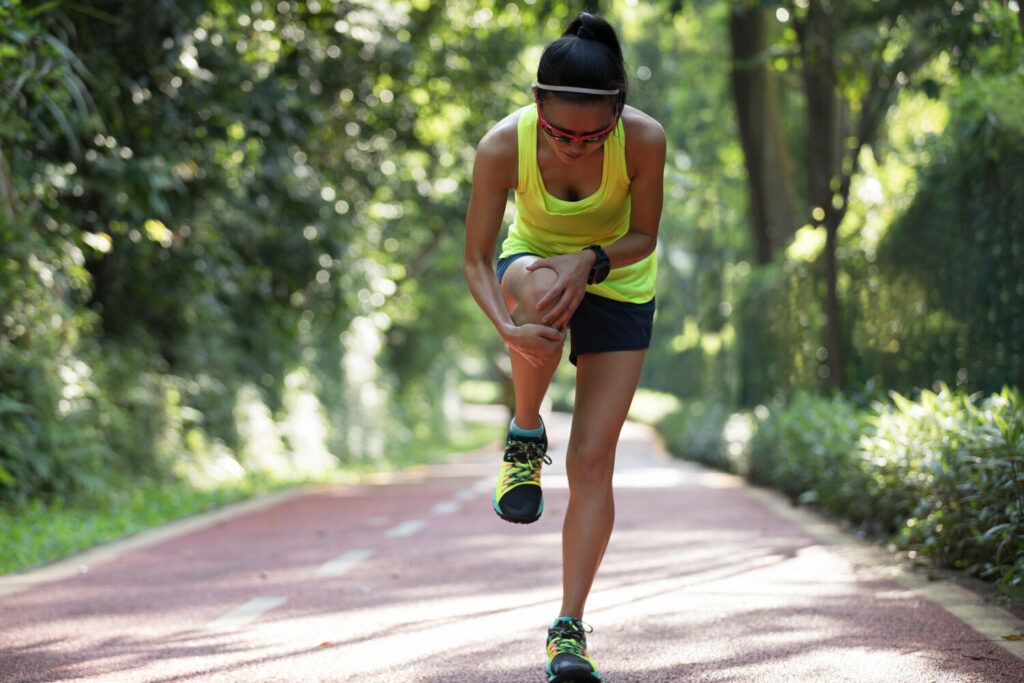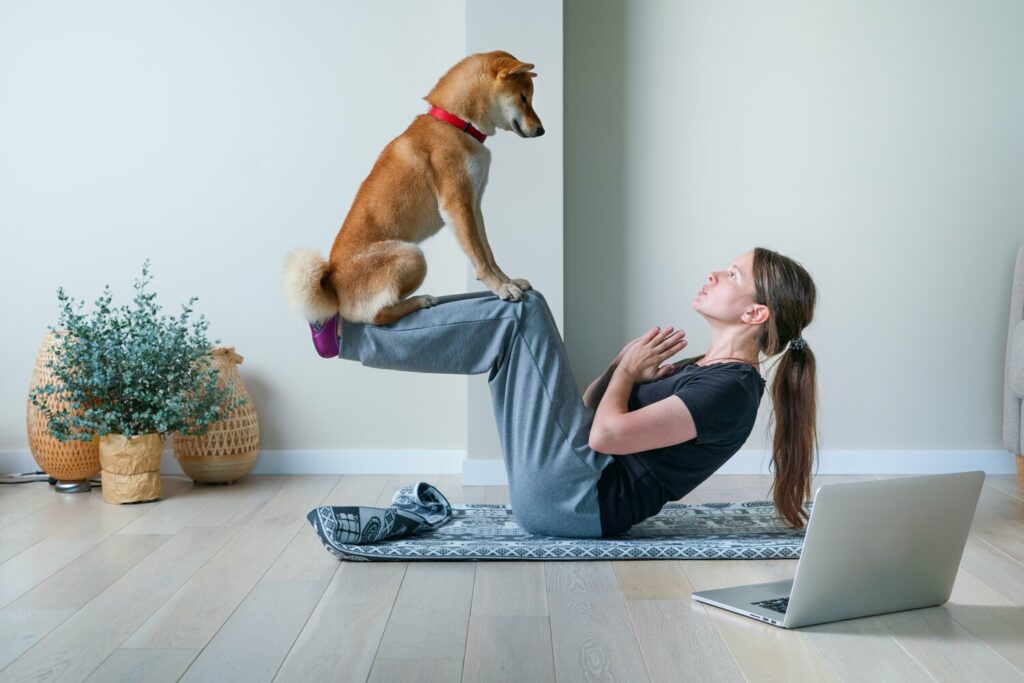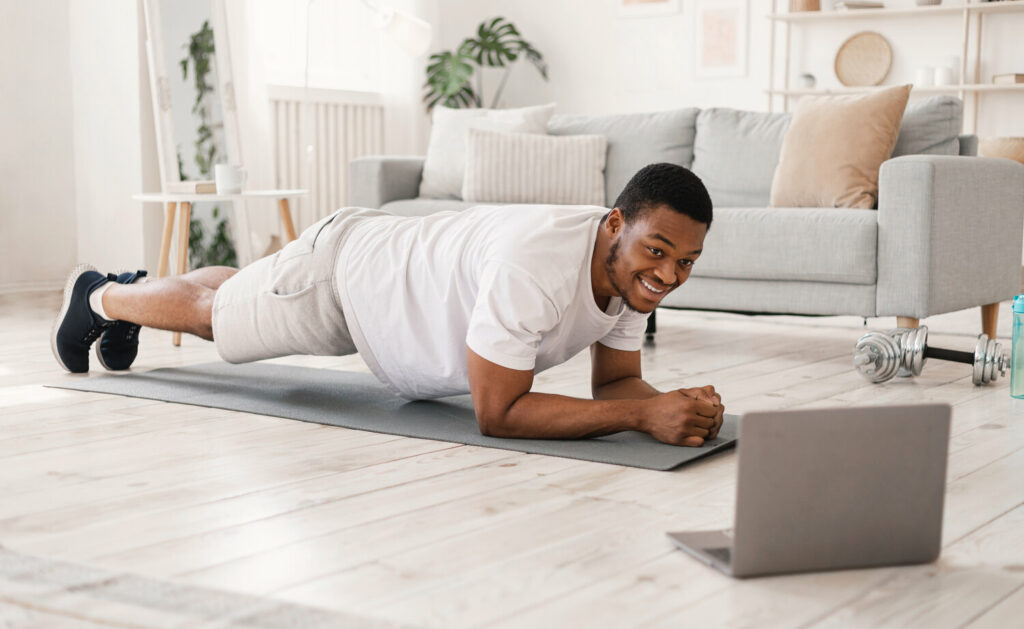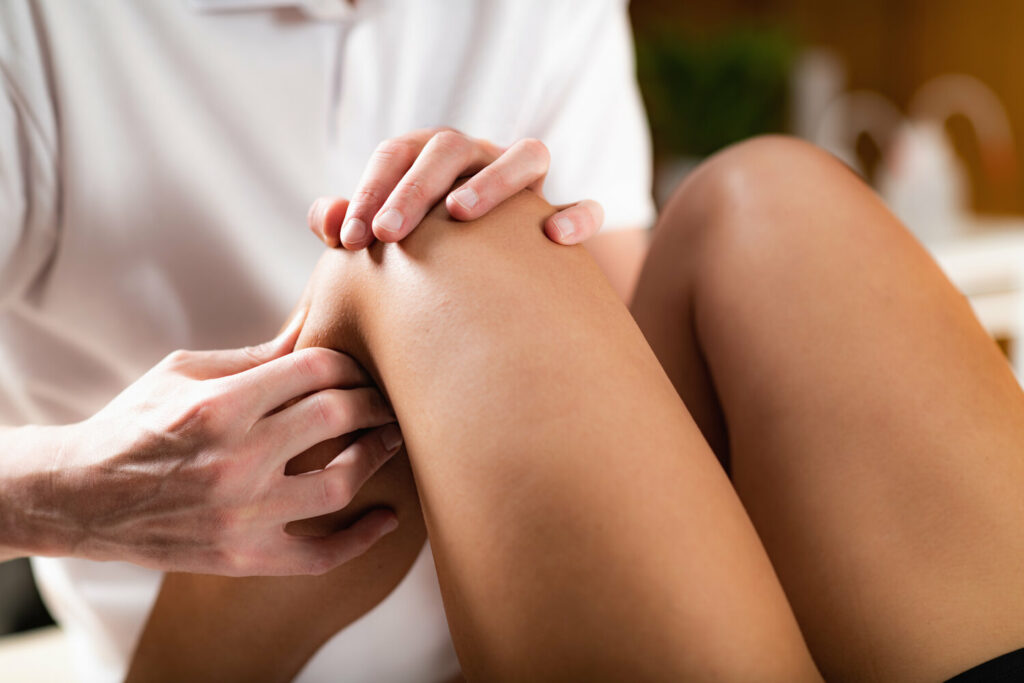Why Am I In Pain?
The knee is a vital piece to the jigsaw that is our lower limb anatomy. The knee being the largest joint in the body, withstands great stresses and loads in supporting our body weight above it. This is what they were made to do. However, like anything that we depend on, if we don’t work our knees enough or whether it’s too hard, too much, too soon and without sufficient rest they can become aggravated. Any pain or injury in this region results in the limitation of daily activities that we take for granted; walking, kneeling and sitting.
There are multiple areas of the knee that can be in pain and with each of these areas comes another name and another problem, from: ITB syndrome (runner’s knee), to osteoarthritis (OA), to a patella tendinopathy (jumper’s knee). You think of a problem and there is a special name for it just to help you remember it. With each problem comes a different recovery period, some as little as 6 weeks, others can range from 3-6 months or even a year. One thing they all have in common is that they hurt, and that movement and exercises are the answer to these problems.
Just remember not to worry, as there are many things you can do to maintain healthy and happy knees. We will help you understand your pain and how to manage it. Just look at our top tips PDF to start.

What Are Some Of The Possible Risk Factors?
Increase in sedentary behaviours- long periods of sitting, desk working in front of laptops and computers.
- Sudden increase in physical activity or exercise- playing with children, training (running, cycling, HIIT, plyometric and bounding exercises)
- Changes in training environment- terrain, downhill, uphill, road running
- Weight- high Body Mass Index (BMI)
- Muscle strength imbalances / gait patterns

Lockdown Life
One thing is for certain, there have been a rise in the number of knee pains and injuries during lockdown. The fear of being locked in all day working from home and not getting our steps in, has forced some of us to extreme measures and drastic changes to our physical activity and exercise regimes. Sadly, as a result of our eagerness some of us have landed ourselves in hot water. This sudden shift from active to sedentary or vice versa has resulted in a few of us (myself included) having knee complaints.
When the gym’s closed (again) and working from home happened (again). Some of us may have increased the amount we were doing in a hope to battle the increased time spent on what feels like house arrest. Some started new exercise regimes or tried new exercises, which are all great. However, for a few of us, this sudden increase in load on our knees has resulted in one of the many different pains or injuries (or if you are like me multiple at different times).
Now we’re not saying that it was a bad idea to start running, skipping, plyometric exercises and online HIIT classes. Far from it. We’re proud of all of you for trying to improve your health. They are great ideas and we want you to continue to make these beneficial choices. The difference is knowing how to slowly progress your exercise programme, giving your knees time to adapt and then progress. Your current knee pain is one step back, however with a little guidance and education you will take 2 steps forward.

How Can You Reduce The Pain?
- Exercise- reduces pain and prevents further episodes
- Keep moving!
- Pace yourself
- Read our PDF and follow the process!

What Our Physios Can Do For You
Rule out underlying causes:
- Personalised exercise programme
- Reduce pain and inflammation
- Restore movement and increase strength and flexibility
- Education and tools to self-manage





